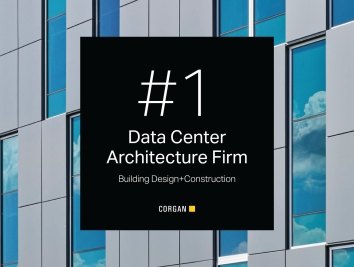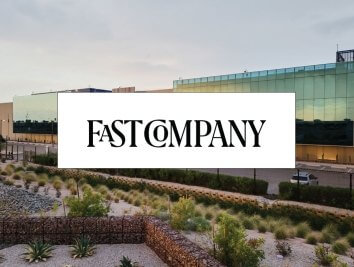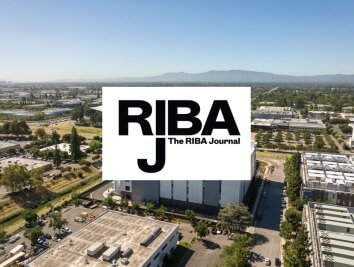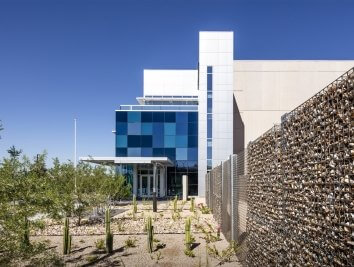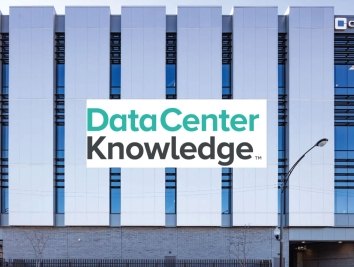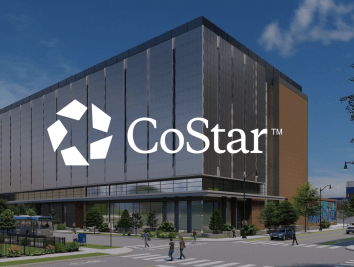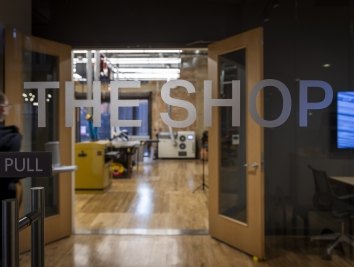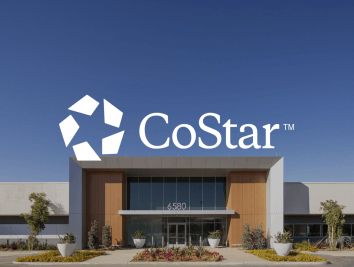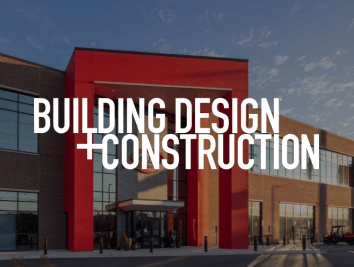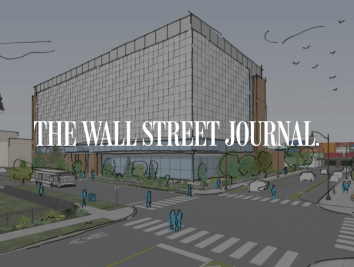Data Infrastructure at the Wheel of Autonomous Vehicles
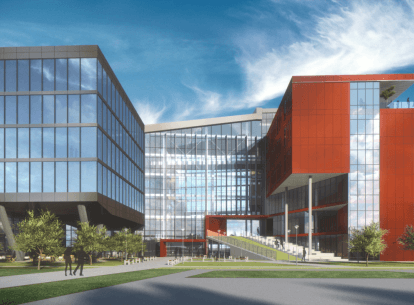
The future of self-driving cars is here, and we are ready for them. People who live or work in cities are looking for a way out of rush hours or sprawling distances to and from work. Car companies have designed and experimented with Autonomous Vehicle (AV) prototypes — testing new technologies, models, and safety mechanisms. But what’s really behind the wheel? Data. And lots of it.
Besides the batteries and power that will be needed, these vehicles will require an exponential amount of data processing power and high-speed connectivity. First, there is the data collection for the GPS systems, cameras, sensors, and devices for the navigation and tracking needed for safe vehicular operation. Secondly, there’s the real-time data processing, where the vehicle will need to be able to communicate with other vehicles and adapt to directional changes, pedestrians, accidents, and road closures. Finally, these vehicles will require charging stations to power up and operate properly, download information and system upgrades, and pick up riders. When these vehicles take to the streets, will the data infrastructure in cities have the capacity and power to manage them?
This challenge provides us a unique opportunity to look further into the progress and future of our cities. An influx and insatiable need for data processing means an exponentially growing demand for more data center infrastructure. For architects, engineers, and owners it means exploring and inventing new ways of getting data into urban areas. The evolution of the physical urban landscape—both in the progression of a building’s life-cycle and as outdated typologies such as parking lots give way to new ones—expands the possibilities for data center deployment. Renovations of existing structures, utilizing vacant lots or rooftops, or creating mixed-use spaces that include data centers, for example, start to shape a new relationship between data centers and the urban core.
For example, let’s consider a parking garage structure. With autonomous vehicles and more people opting for ride sharing, it is expected that the need for city parking will decrease and garage vacancy will increase, opening the door for data centers to move in and provide service to that area. Challenges may be the extra load that equipment might put on the structure or low floor-to-floor height, but garages are already meant to hold a large load for vehicles and some garages have larger ceiling heights. Overall, the shell and structure of a standard concrete garage form an open plan that is ideal for placing equipment inside. There is also a design opportunity in sealing or cladding the façade to enclose the space.
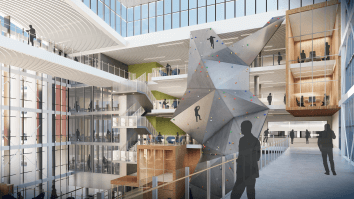
Another benefit to parking garages is their proximity to both urban centers and roadways. Former parking garages could become data destinations that function as hives for AV’s and their data. Like bees buzzing in and out of a hive, the vehicles could go here to upload and download data, charge their batteries, and park when not being used. Since garages are usually several stories, the first few levels could be dedicated as charging stations while the upper levels become the data center that stores and processes all their information. As data-rich centers, these hives would also act as a transit hub for riders by providing a pick-up and drop-off area, reducing latency for apps and the network required to connect riders to their cars.
The evolution of the urban landscape also provides the opportunity to revitalize underutilized spaces such as rooftops or back-of-house areas. Here, compact data solutions that may not have a lot of computing power can act as a node along the grid of a larger data infrastructure in cities. However, there are several challenges to get data infrastructure into tight spaces, including security and equipment load. Data equipment could be more readily integrated in these spaces since rooftops and back-of-house areas are already used for equipment (i.e. cooling, generators, etc). Back-of-house areas are also usually located along roads and alleyways, making it easier to secure these spaces, be closer to the vehicles, and remain easily accessible. Though these areas may be more difficult to provide data infrastructure in, they create an important continuous line of data connectivity needed for autonomous vehicles.
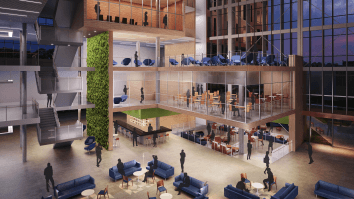
Over the last decade, data center building design has transformed immensely. The buildings are not only designed with a focus on functionality, but also attention to aesthetics and people-oriented spaces. We no longer need to look at data centers as large, pre-cast concrete structures built in the middle of the desert. As urban lifestyles rapidly change and embrace new technologies and modalities, the role and demand for data is now increasingly a part of our everyday infrastructure, requiring data centers to integrate into areas where they can serve larger populations at closer proximities. The growing pressure for added density in urban areas and from mixed-use buildings provides a ripe opportunity for data centers to move into new building types, including leasable office space, hotels, and community centers.
Recently, Corgan worked on a data center concept that included an office, hotel, and fitness center as part of the design. Located near a historic downtown as well as a university campus, this building would serve the community in several different ways. The mixed-use building was designed around the concept of openness and connectivity by providing hotel accommodations, leasable office space, and leisure activities (dining, fitness, and park) all around a central atrium space. This concept reimagines data centers weaving into the urban fabric—bringing to life and making possible a future that ceaselessly demands even more data and even faster response times.
The autonomous vehicle intensifies and accelerates this demand. In addition to continued safety testing, new models, and exploration of roadways and highway responses, data provides the backbone for the safety, functionality, and realization of this and future urban innovations —upping the pressure on solving for more data and high-speed connectivity closer to our urban core. Not without challenges, the future of data centers is an essential part of our urban landscape — the invisible powerhouse that keeps it all running.
Jamie Connell is an Architectural Intern in Corgan's data centers studio in Orlando, Florida. Contact Jamie at jamie.connell [at] corgan.com (jamie[dot]connell[at]corgan[dot]com).





